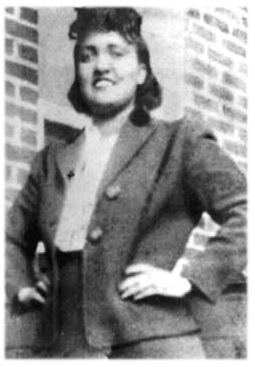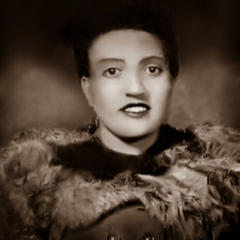Henrietta Lacks Day

The Banneker-Douglass Museum and the State of Maryland pays homage to Mrs. Henrietta Lacks, an African American legend. She was born Loretta Pleasant on August 1, 1920 in Roanoke, Virginia. Mrs. Lacks was a poor tobacco farmer in southern Virginia, and moved with her husband into the Turner’s Station community in Dundalk, Maryland, near Baltimore, in 1943.
At the age of 30, Henrietta was diagnosed with cervical cancer, and in January 1951, was admitted to Johns Hopkins Hospital, one of the few major hospitals that treated “coloreds.” While she was receiving the first of several radium treatments, a surgeon took tissue samples of Henrietta’s tumor and surrounding normal tissue without her permission or knowledge. The samples were given to the tissue research department at Johns Hopkins, where they were looking for an “immortal” cell line to use in cancer research.
Unlike other samples tried, Henrietta’s cancerous cells, referred to as “HeLa” cells (from the first two letters of her first and last names), not only survived, but multiplied at an extraordinary rate. By September the cancer had spread throughout her body, but as she declined, Henrietta’s cells continued to thrive and multiply. Henrietta Lacks lost her battle with cancer on October 4, 1951 at the age of 31.
HeLa cells were the first line of human cells to live outside of the human body in culture. The groundbreaking impact of HeLa cells on medicine has been invaluable. Henrietta Lacks’ cells continue to grow to this day, allowing for continued medical advances in this state, our country, and the world at large.
